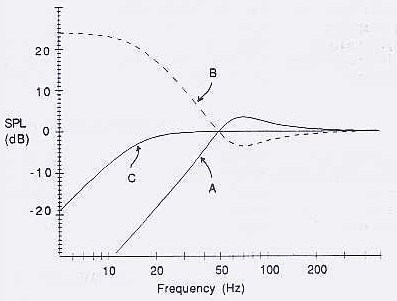Hello folks...
I wondered if someone would like to comment on experience with large sub boxes vs closed boxes.
In this case I'm talking about closed boxes, and for the case of example, drivers like the avalanche 15, adire tumult and it's kind.
Looking at the graphs, it showns that a bigger box (lower Qtc) will basically give a lower -6db point, a less linear curve and more SPL at the lower frequences.
A small box will fall off mutch faster, have a lower SPL at low levels and a more linear fall-off curve than with a larger box.
Example for the avalanche 15" from the ascendantaudio website:

All that's is nice.
Given that we stay within the frequency and SPL that the driver is capable of handling in both closes;
How will the actually sound characteristics of each of the boxes be compared to each other? :unsure:
Best regards, TEK
I wondered if someone would like to comment on experience with large sub boxes vs closed boxes.
In this case I'm talking about closed boxes, and for the case of example, drivers like the avalanche 15, adire tumult and it's kind.
Looking at the graphs, it showns that a bigger box (lower Qtc) will basically give a lower -6db point, a less linear curve and more SPL at the lower frequences.
A small box will fall off mutch faster, have a lower SPL at low levels and a more linear fall-off curve than with a larger box.
Example for the avalanche 15" from the ascendantaudio website:

All that's is nice.
Given that we stay within the frequency and SPL that the driver is capable of handling in both closes;
How will the actually sound characteristics of each of the boxes be compared to each other? :unsure:
Best regards, TEK






Comment